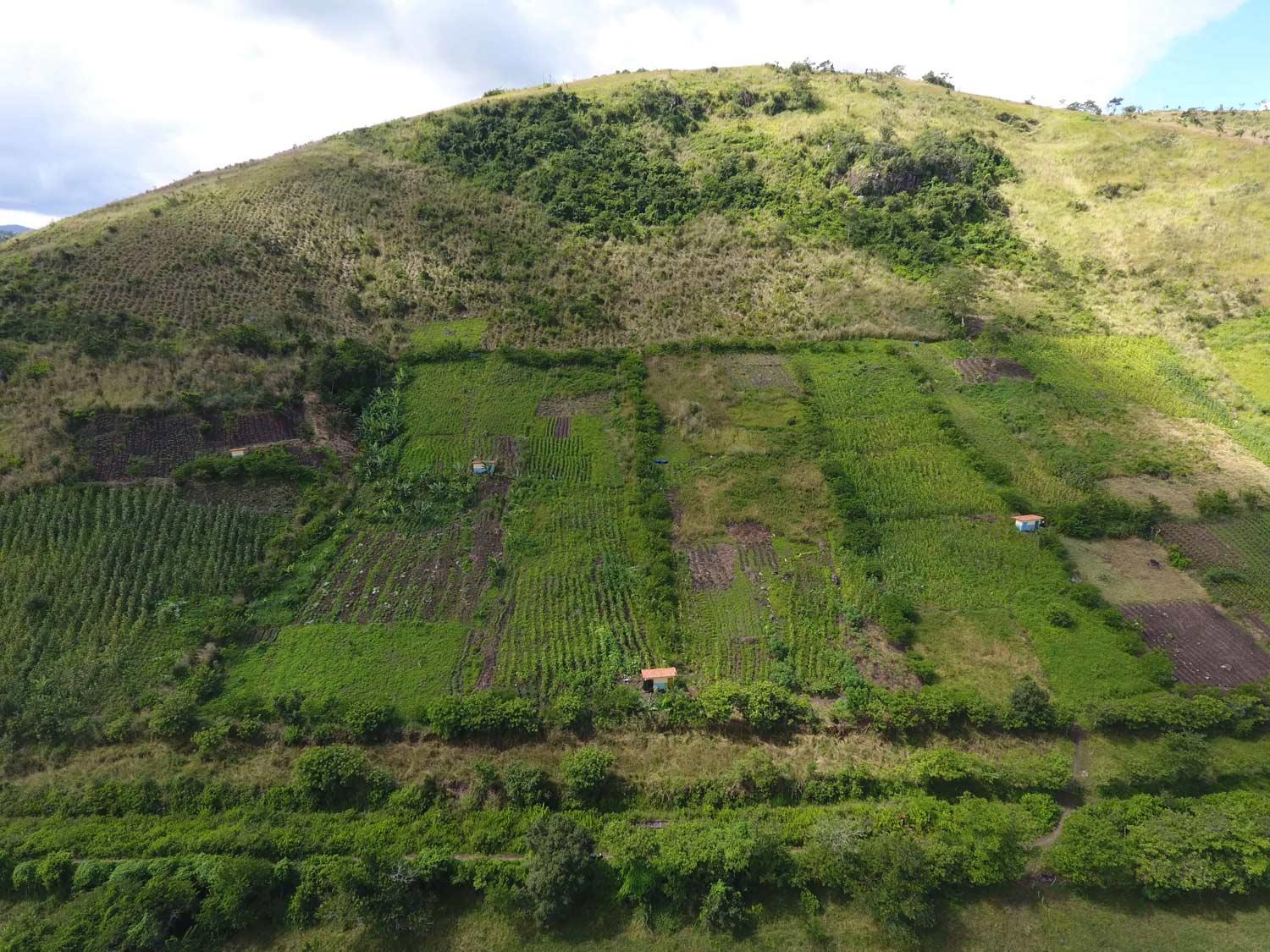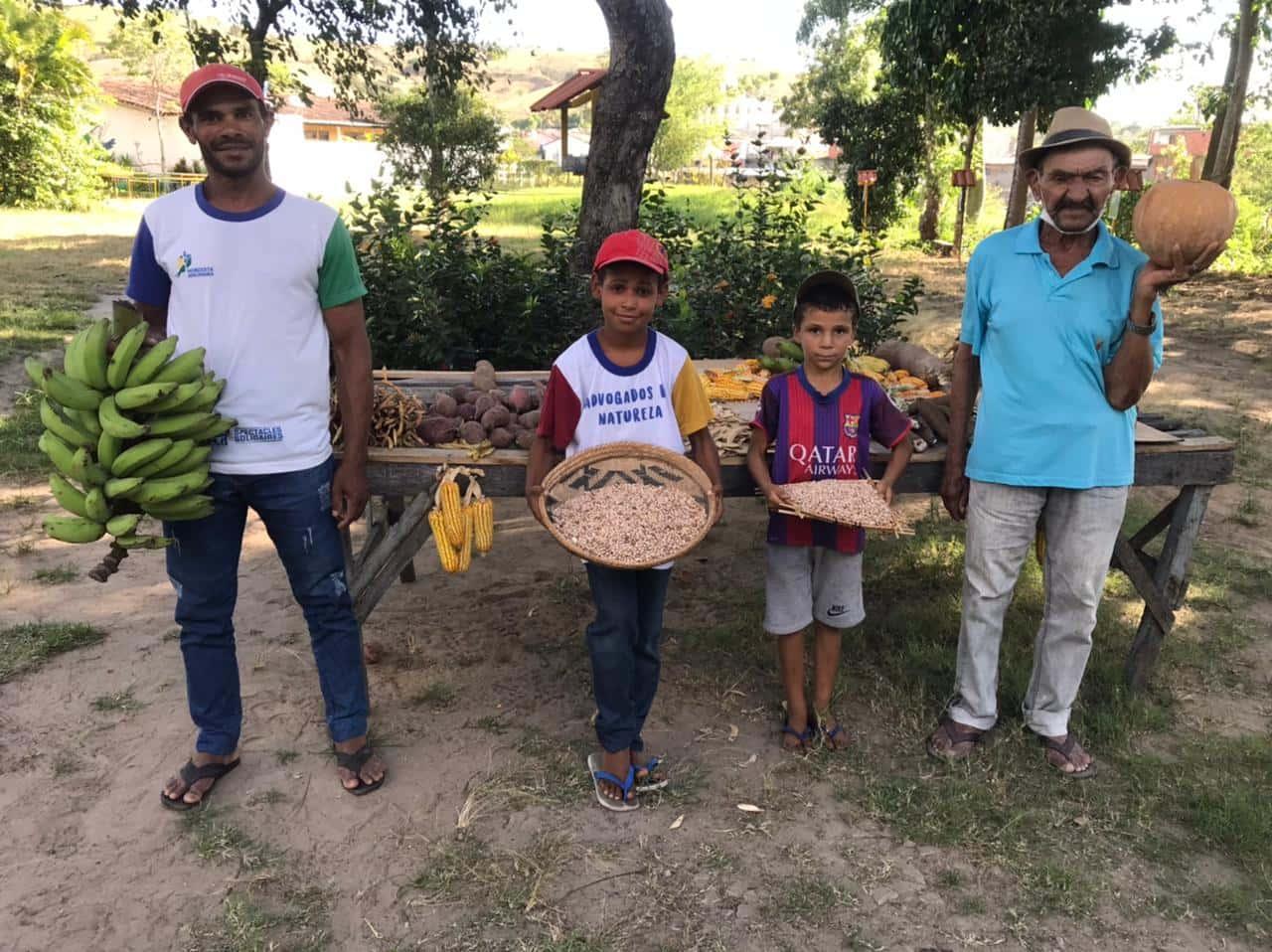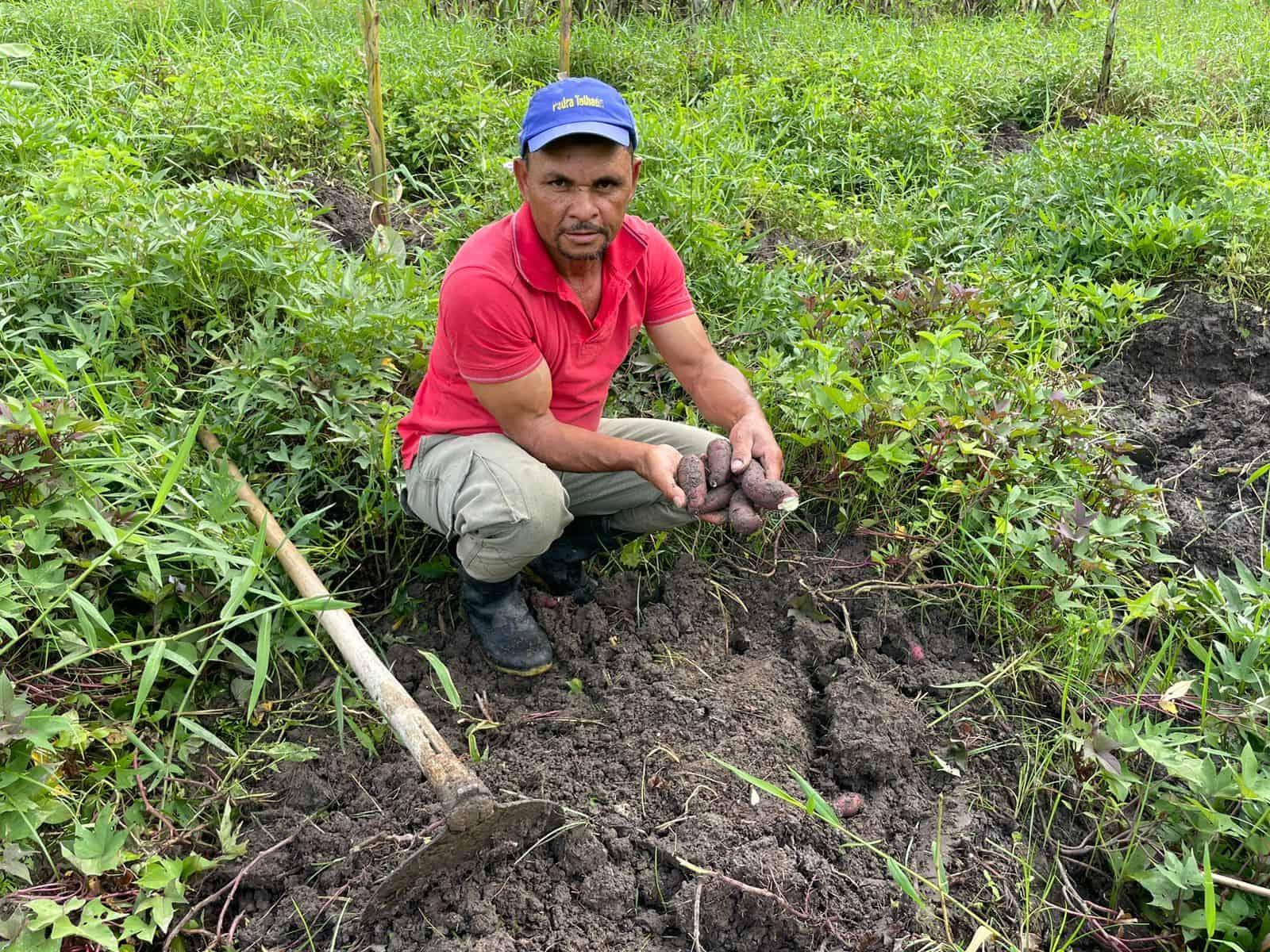Agroforestry refers primarily to the planting of trees in food crops. Agroecology generally refers to a more global view of ecosystems, including all the needs of human society.
Our projects illustrate the blending of these two concepts.

Agroforestry refers primarily to the planting of trees in food crops. Agroecology generally refers to a more global view of ecosystems, including all the needs of human society.
Our projects illustrate the blending of these two concepts.
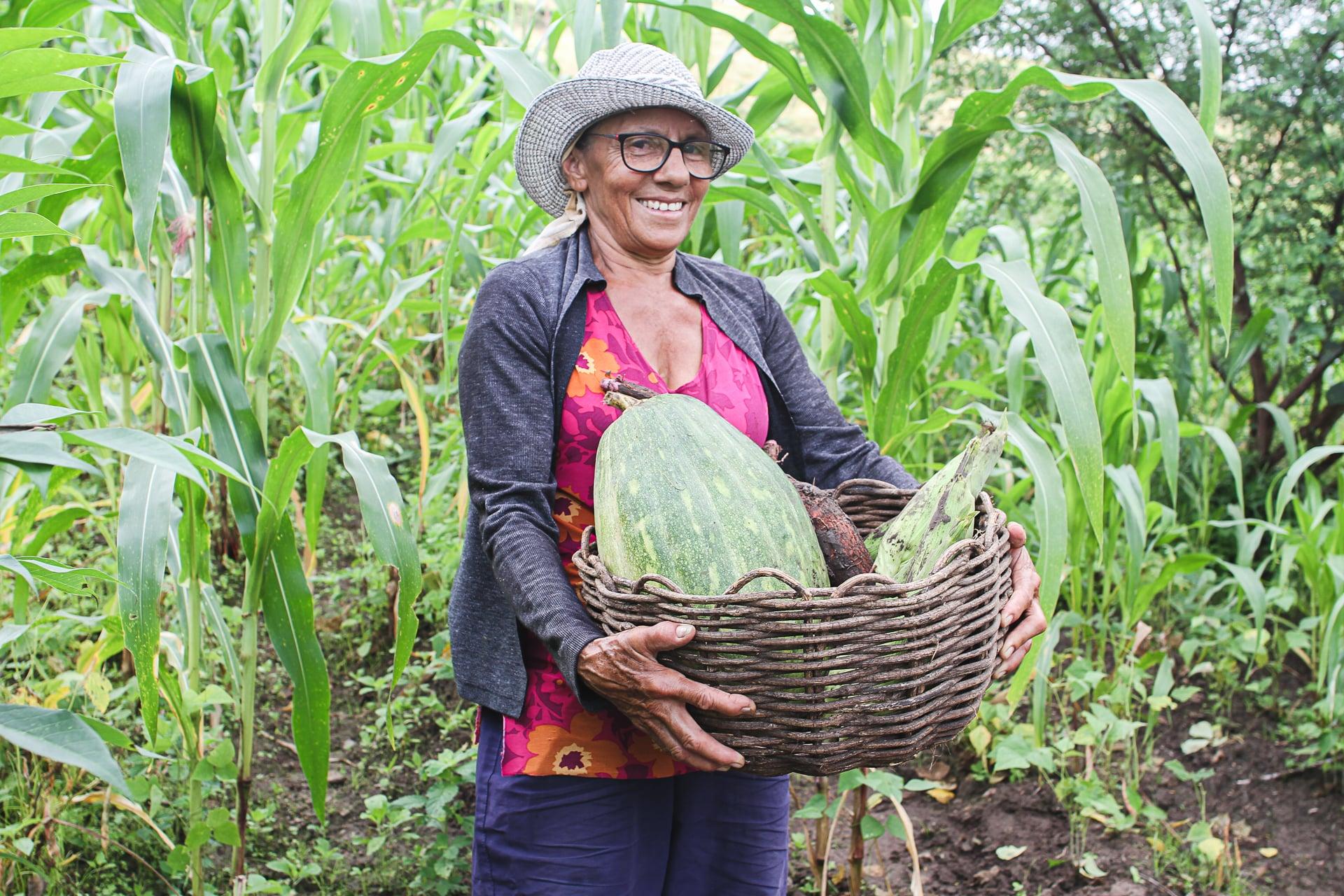
These are aimed at farming families who own their own land, where they grow food for their families and sell the surplus at local markets. We support them because we believe that family farming should remain the basis of food supply, in contrast to large-scale industrial monocultures.
These small family farms often face major difficulties, the main ones being a lack of logistical and human resources.
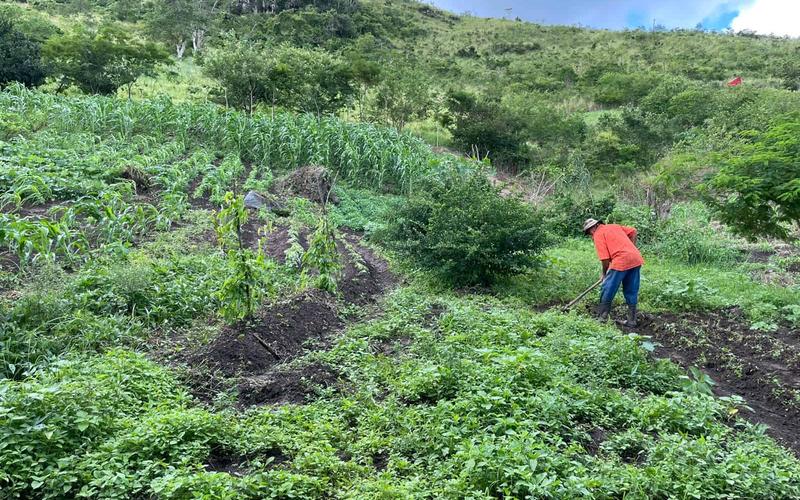
We support a group of family farmers in an arid region of northeastern Brazil, in the state of Alagoas. They all plant their own fruit and vegetables on an area of 2 to 3 hectares. One of their main difficulties is irrigation. Most of them have access to a spring but lack a network of pipes to irrigate their plantations. They usually only have one hose, which means they have to move their single sprinkler from one hour to the next. Moreover, without regular means of transport, they often cannot sell their produce at local markets.
As far as supplying city supermarkets is concerned, there are good prospects, given that organic produce is becoming increasingly important. After visiting some of these markets, we learned that the requirements are quite onerous. The farmer would have to be able to deliver the same product regularly for most of the year. This would require the installation of a cold chain and acquiring a truck that could transport produce from each farm to the hangar and from the hangar to the city.
For the moment, we have equipped the first five plots with a network of pipes fitted with several sprinklers for each family. But we'd also like to provide irrigation for all the other plots belonging to these farming families.
There are also many landless countrymen and women in this region. They live in extreme poverty on the outskirts of villages, often in makeshift shelters. As a first step, our association has acquired a few plots of land where we are giving them the opportunity to grow their own vegetables.
The approach is to lend them the plot for life, on condition that they do not use fire to clear the land, nor insecticides or herbicides.
A few years ago, the first group of families were experimentally installed on these plots, and all have had very good harvests.
